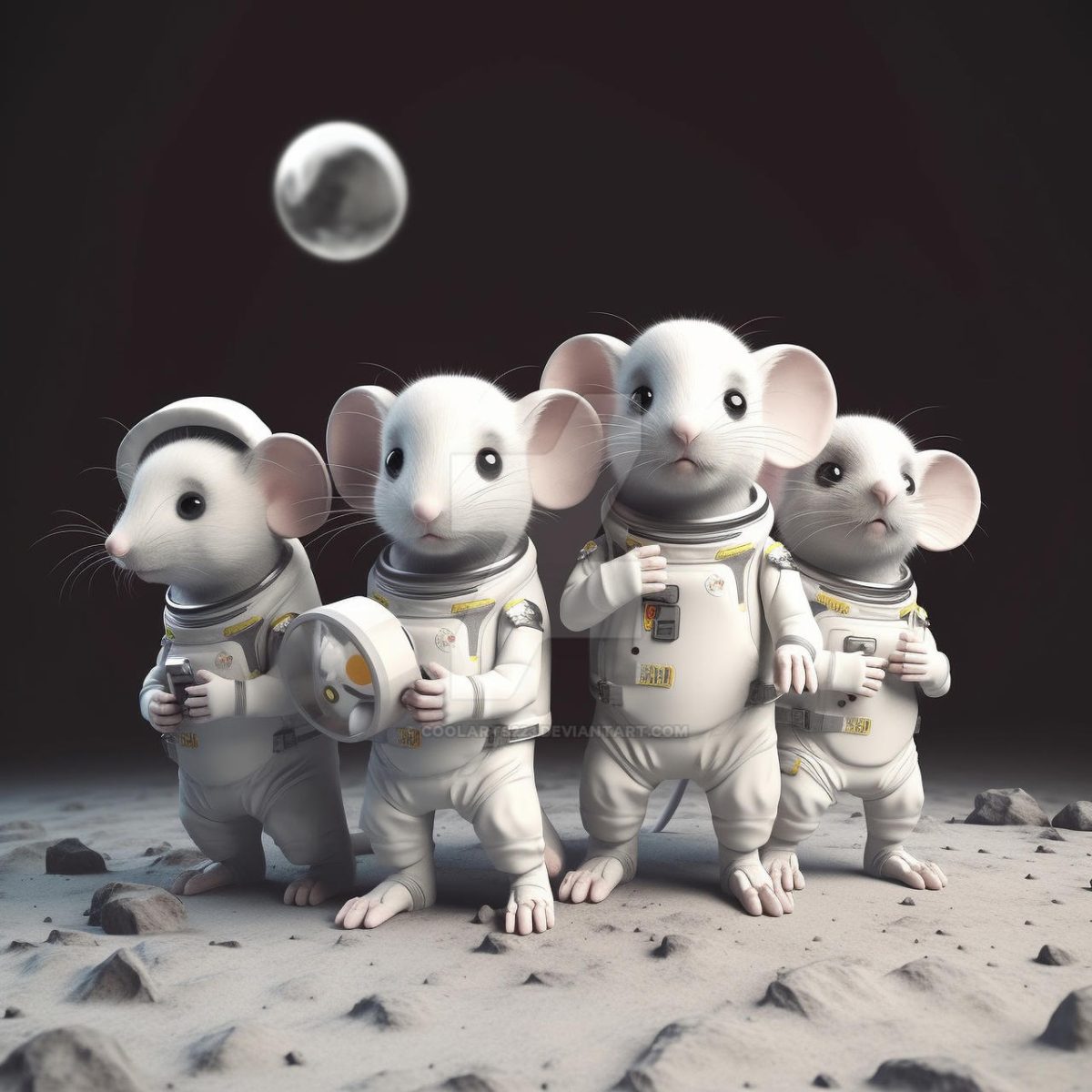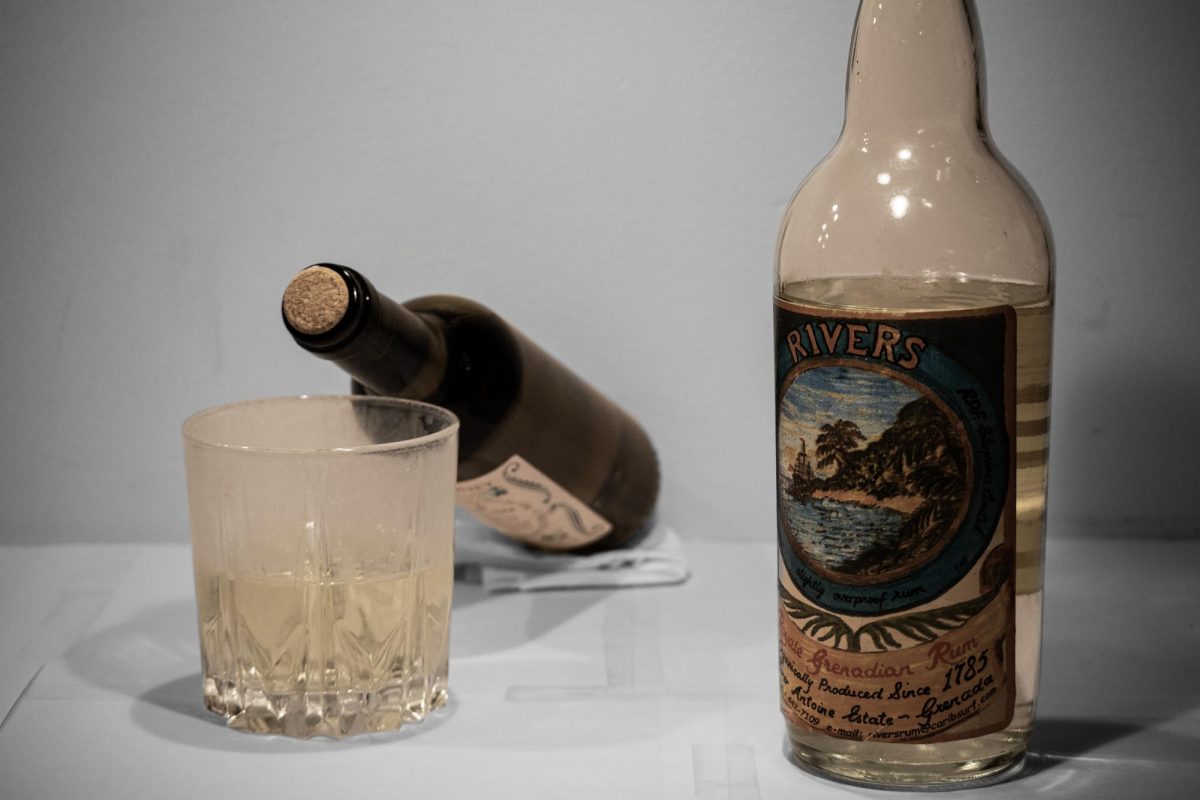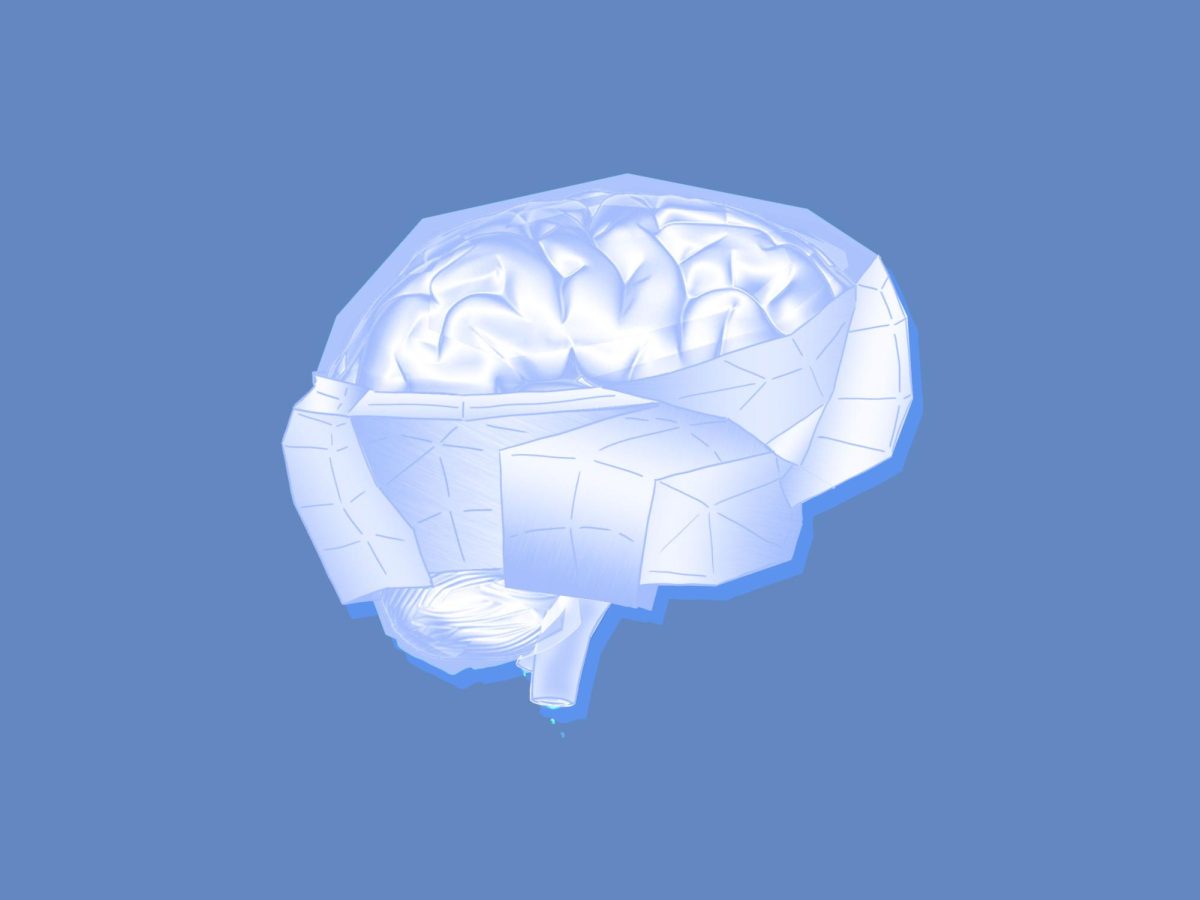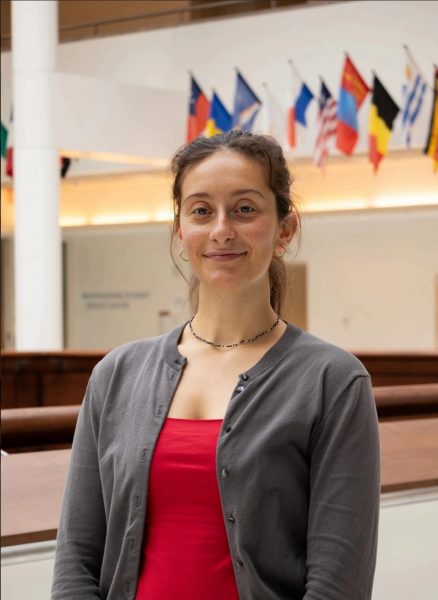Less than 700 humans have been able to fly to space, all of whom underwent rigorous training and health screenings before stepping foot on an aircraft. However, these demographics rapidly change and reflect humanity’s dedication to sending new populations to space. NASA even promised that a woman would be the first astronaut on the moon on Artemis III..
With these changes, new concerns are emerging, specifically regarding fertility and pregnancy above Earth.
A team from the Japan Aerospace Space Agency, JAXA, confirmed that mouse embryos can successfully develop in space, suggesting that the possibility of human reproduction in space may be around the corner.
Researchers from JAXA sent frozen mouse embryos on a rocket to the International Space Station, ISS, orbiting 248 miles above Earth in August 2021. Scientists recently thawed and overseen these embryos as they grew over four days. Researchers noted in a scientific journal entry published on iScience that the experiment “clearly demonstrated that gravity had no significant effect.”
Scientists also believe there were no impacts of the low-gravity, high-radiation conditions on the DNA of the embryos after examining the blastocysts. They also did not believe there were rapidly dividing groups of cells. The Scientists determined that the mammalian embryos were not significantly different from those developed on Earth, aside from the fact that the survival rate of these embryos was lower on the space station than those cultivated on Earth.
The percentage of embryos likely to reach the second stage of development where blastocysts can be detected was nearly 2.5 times higher on Earth than in space, even under simulated gravity.
The following steps for astronauts include examining more extended periods of development and facilitating new experiments that will test the ability of fully developed mice to give birth in space.
As more units are dedicated to the possibility of trips to Mars for ordinary people from Earth, the chance of pregnancies and delivering children becomes more likely. The safety of humanity in space has been an ongoing concern for people since the first conceptions of space travel surfaced.
In a joint statement from the University of Yamanashi’s Advanced Biotechnology Centre and a team from the JAXA, this experiment is deemed “the first-ever study that shows mammals may be able to thrive in space,” another giant leap for mankind through the particularly small steps of mice.
With these statistics and newly acquired knowledge, scientists are working under the Artemis program toward sending humans back to the surface of the Moon for longer periods. They hope to eventually start populating other planets, such as Mars, by the decade’s end.
Growing mice embryos in space, studying them upon their return and developing new experiments for the future are all part of the efforts to transcend the bounds of humanity in search of a new place that can be called home.









